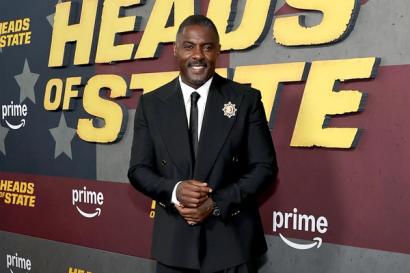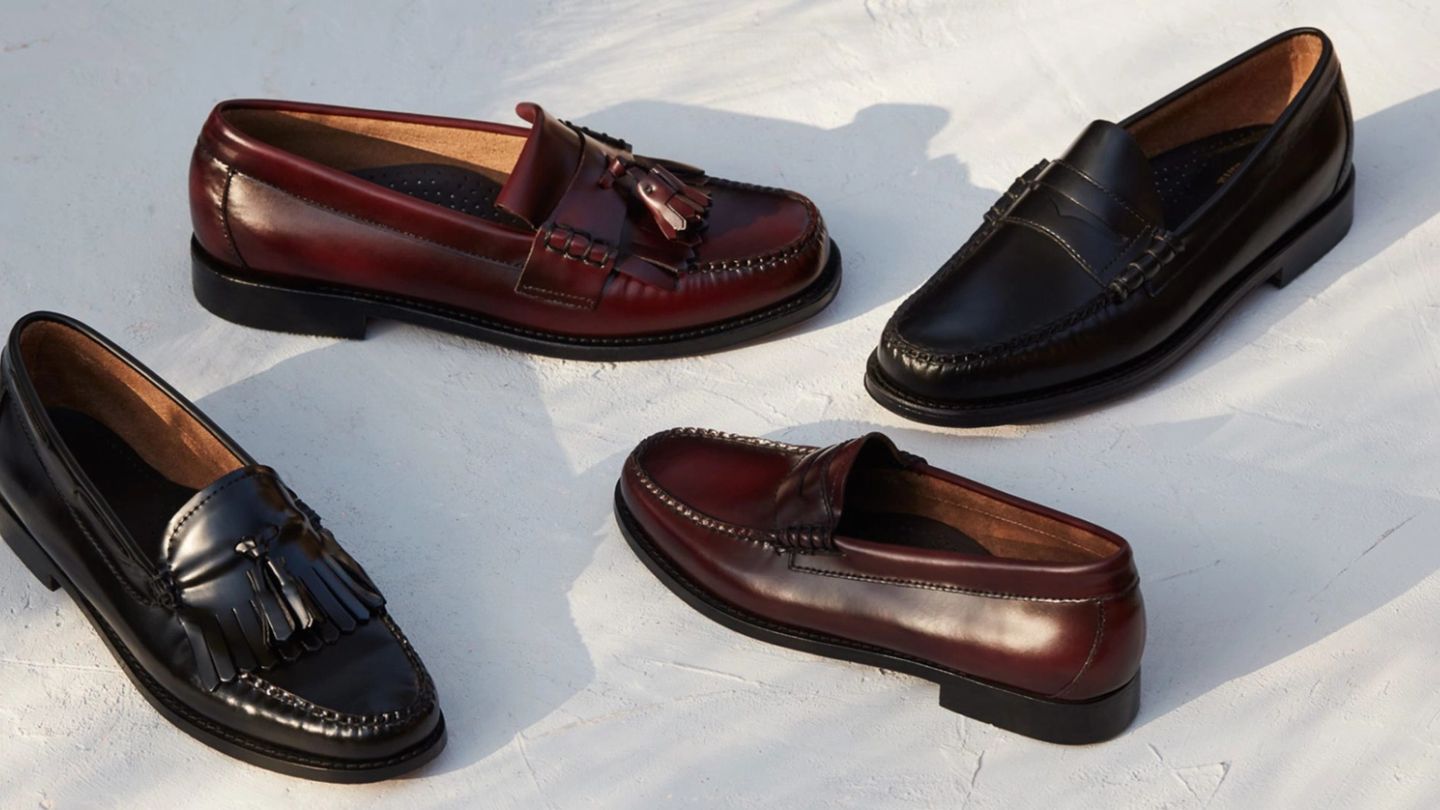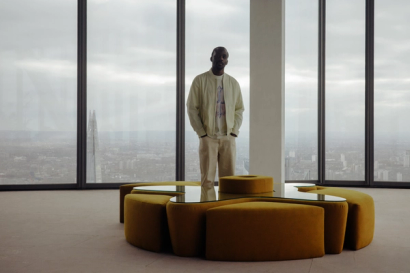

How G.H. Bass & Co. turned the penny loafer into a cultural icon
Simple, understated and very much in demand - here’s why the world fell for the originator of the penny loafer
Words: Zoe Dickens
When George Henry Bass founded his eponymous shoe firm in Maine in 1876 his mission was simple: “To make the best possible shoe for the purpose for which it was intended.” And, while he undoubtedly achieved this, as he set about creating hardy designs for local farmers and woodsmen, it seems unlikely that Mr Bass could ever have envisioned the cultural significance his brand would come to have today.
Having made its name creating practical shoes aimed squarely at the hard-working man in need of reliable equipment – and accordingly finding fans in pilot Charles A. Lindbergh, golfer Bobby Jones and the US Army – G.H. Bass & Co.’s turning point as a style icon came in 1936 when the Bass Weejuns was born. Inspired by a traditional Norwegian slipper-style moccasin used ‘for loafing in the fields’, by the late 1930s the Weejun was the shoe du jour across Ivy League campuses. Legend has it that students would tuck a 10 cent coin for the pay phone in the shoe’s front slot and, thus, the penny loafer was born.

“I think it’s the ease of the style that has made it stand the test of time,” says Cyril Crentsil, European marketing manager at G.H. Bass & Co. “It straddles that line between casual and formalwear that allows it to be worn in multiple settings by various age groups.”
Because, of course, the classic Weejuns design is still very much going strong today – and has racked up quite the history over the last eight decades. Growing in popularity as the preppy Ivy League style took over the world, it wasn’t long before icons including President John F. Kennedy, Audrey Hepburn, Grace Kelly and Paul Newman were spotted sporting a pair. And when, in 1982, Michael Jackson’s Thriller video opened with a close-up on a pair of black Weejuns, their place in history was cemented forever.
However, in an unusual turn of sartorial events, it wasn’t just mainstream stars (and their fans) that found much to love in G.H. Bass & Co.’s Weejuns designs. Over the past 80 years they have been adopted by almost every subculture going – from the mods of the 1950s to the British Rude Boys of the 70s and the Italian Paninaros of the 80s – with each group blending the Weejuns seamlessly into their highly defined style.
“In essence it’s a very humble shoe,” explains Crentsil of its wide popularity. “I think this has allowed various subcultures to stamp their identities on the style. Another point to consider is that they are just great for dancing in! Music and dance have always been a driving force in many subcultures and our classic loafers lend themselves incredibly well to moving across a dance floor. Every movement from Rockabilly and Ska to Northern Soul has reached for a pair of loafers for a night out.”
This brings us on to the second reason G.H. Bass & Co.’s shoes have achieved such mass popularity: the sheer quality of their construction. Remarkably, while modern improvements to elements like the outsoles and inner textiles have been adopted, the basic construction method for the Weejuns remains the same tubular moccasin technique George Henry Bass pioneered back in 1876. This method sees a single piece of leather wrapped around the bottom of the last and hand-sewn to create a ‘hammock’ for the foot that ensures supreme and lasting comfort.
But, while the core penny loafer style remains unchanged, the timeless shape of the Weejuns shoe is primed for collaboration and modification. Whether it be in-house redesigns, such as the chunky-soled Weejuns 90s and more relaxed Easy Weejuns, or the brand’s growing range of collaborations with design houses such as Tommy Hilfiger and Engineered Garments, it’s clear to see why the style remains as popular as ever. “We love working with designers with a singular vision and aesthetic that they can apply to our shoes in an authentic way,” explains Crentsil. “We often find the partnership is led by designers who have been brand fans for years and have their own unique experiences with our shoes.”
So, with contemporary famous fans including David Beckham, Paul Weller, Maisie Williams and Zoe Kravitz, next time you see a picture of a celebrity take a look at their feet. Chances are they’ll be wearing a pair of Weejuns.
Meet the young tailors making waves on Savile Row…
Join the Gentleman’s Journal Clubhouse here.


